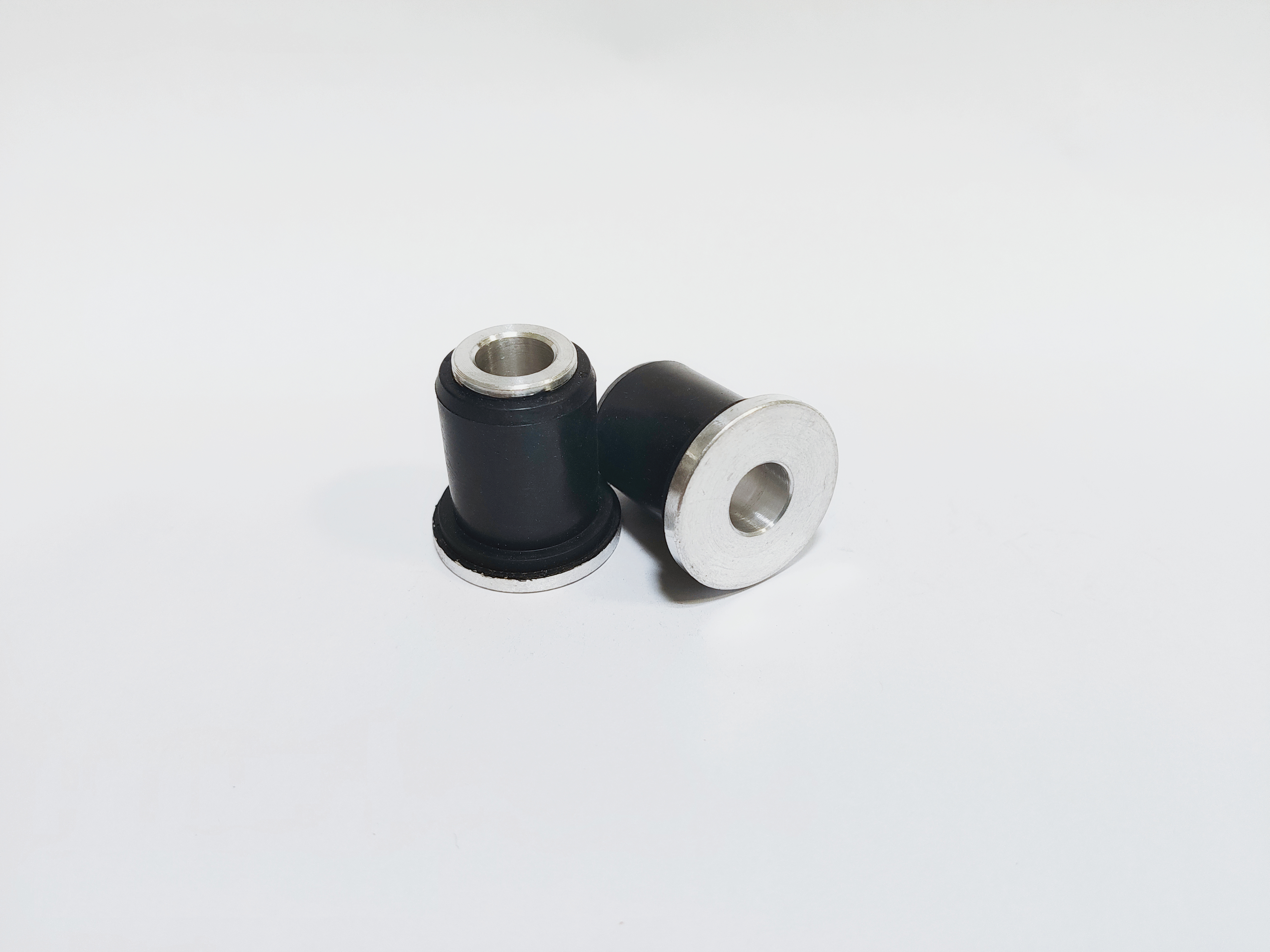hotline:
13802460607
web:www.sampe.com.cn
tel:0750-3683330
contacts:Miss Tan
email:sales@sampe.com.cn
hotline:
13802460607
web:www.sampe.com.cn
tel:0750-3683330
contacts:Miss Tan
email:sales@sampe.com.cn
The reasons for the failure of rubber seals are as follows:
1. The problem of raw materials for rubber seals. Failure caused by raw material problems can be divided into two aspects: improper selection of materials and quality problems of the materials themselves. For example, considering the convenience of the process operation, a material that can theoretically achieve the material properties required by the rubber part is selected, but due to improper formula or vulcanization process, the rubber part fails or the friction coefficient of the selected rubber is inappropriate. Uneven mixing of the rubber compound or accidental mixing of impurities during the mixing process, excessive additive content or segregation, pores, looseness, and poor interface bonding between the reinforcing phase and the matrix phase, resulting in poor performance.
2. Design problems of rubber seals. Rubber seals rely on the seals to produce a certain degree of compression and deformation during installation, so that the seals are closely attached to the sealed surface to achieve the purpose of sealing. If the initial compression is too small, leakage will occur at low pressure. When designing the sealing device, if the cross section of the seal is selected too small and the cross section of the installation groove is too large, the initial compression of the seal will be too small or not. For dynamic seals, if the installation groove is too small or the cross section of the seal is selected too large, the compression of the seal will be too large, resulting in greater contact stress on the sealing surface, and the lubricant between the sealing surfaces will be squeezed out to form a dry Friction causes excessive wear. In addition, the sealing element is incompatible with the sealing medium, and the sealing element swells and deforms after absorbing the sealing medium and fails.
3. Processing problems of rubber seals. The surface of the seal has flashes, burrs, cracks, cut edges or geometric dimensions and accuracy that do not meet the standard requirements, defects such as grooves, burrs, scratches, etc., low surface roughness, unreasonable processing textures, etc. will become low pressure The leakage channel at the time. A certain rubber diaphragm design requires the same thickness of the rubber layer on both sides of the reinforced fiber cloth. Due to improper processing, the thickness of the rubber layer on both sides of the reinforced fiber cloth is greatly different, which causes the rubber diaphragm to fail. Material defects caused by accidental factors in the processing process may also cause the failure of the rubber seal. For example, a rubber cup failed due to poor mixing technology and poor exhaust during the production process, which caused delamination in the part. In addition, the size and surface roughness of the metal parts used in conjunction with the seal will also cause the seal to fail.
4. Assembly problems. Improper control of the assembly process caused local plastic deformation of the seal, scratches on the surface, and foreign objects such as metal shavings, sand or cotton yarn.
5. Use problems. Over-temperature, excessive stress, and poor lubrication may occur during use. Over-temperature will cause seal aging and reduce service life. The oil in contact with the seal is contaminated, causing the seal to age, crack, swell, and deform. Poor lubrication will cause the seal to wear and fail. For example, a certain seal becomes invalid due to excessive swelling after being soaked in oil during use.
6. The fracture morphology records the whole process of crack initiation, propagation and fracture, and its characteristics reflect the nature of the fracture. In order to accurately analyze the failure properties and causes of rubber seals, it is necessary to accurately judge the damage form of the rubber seals, especially the fracture morphology characteristics.
